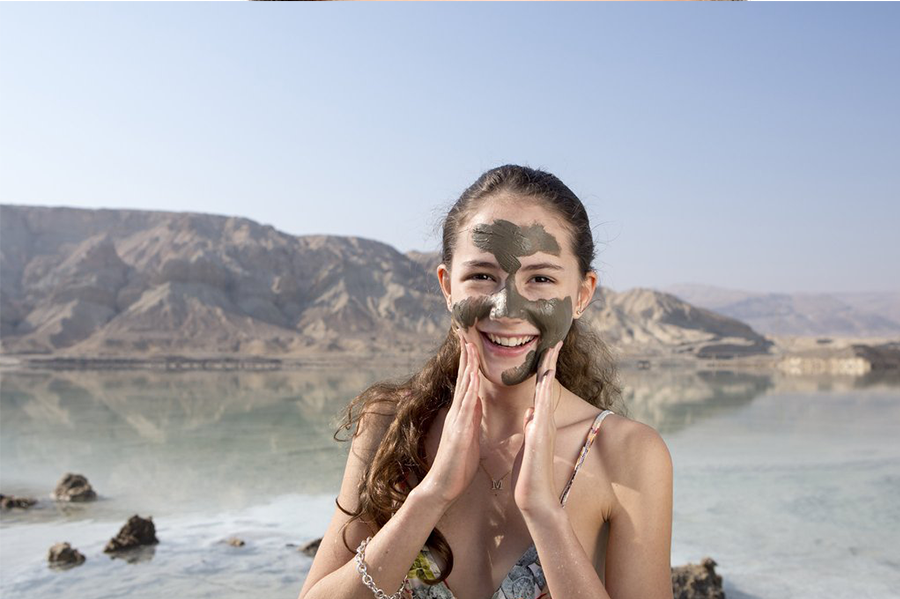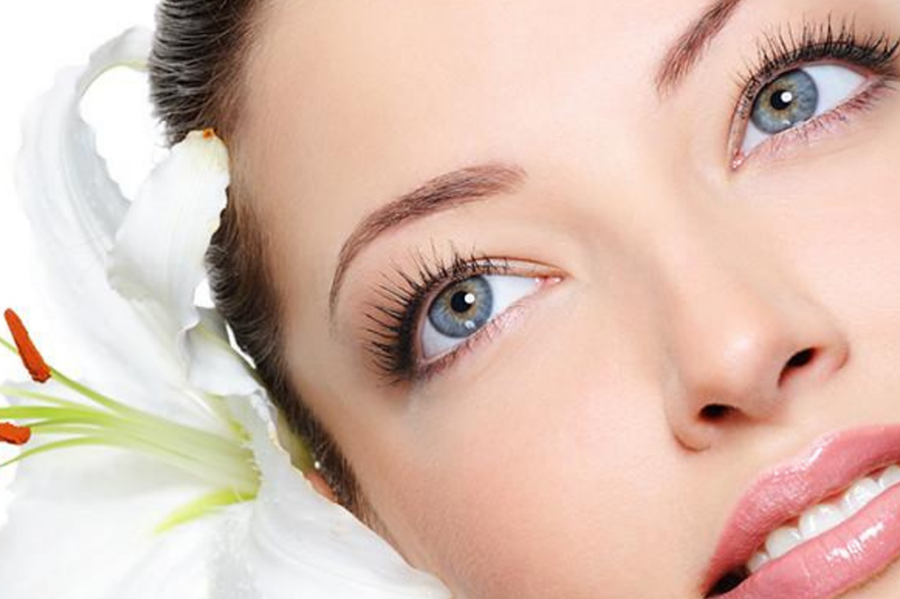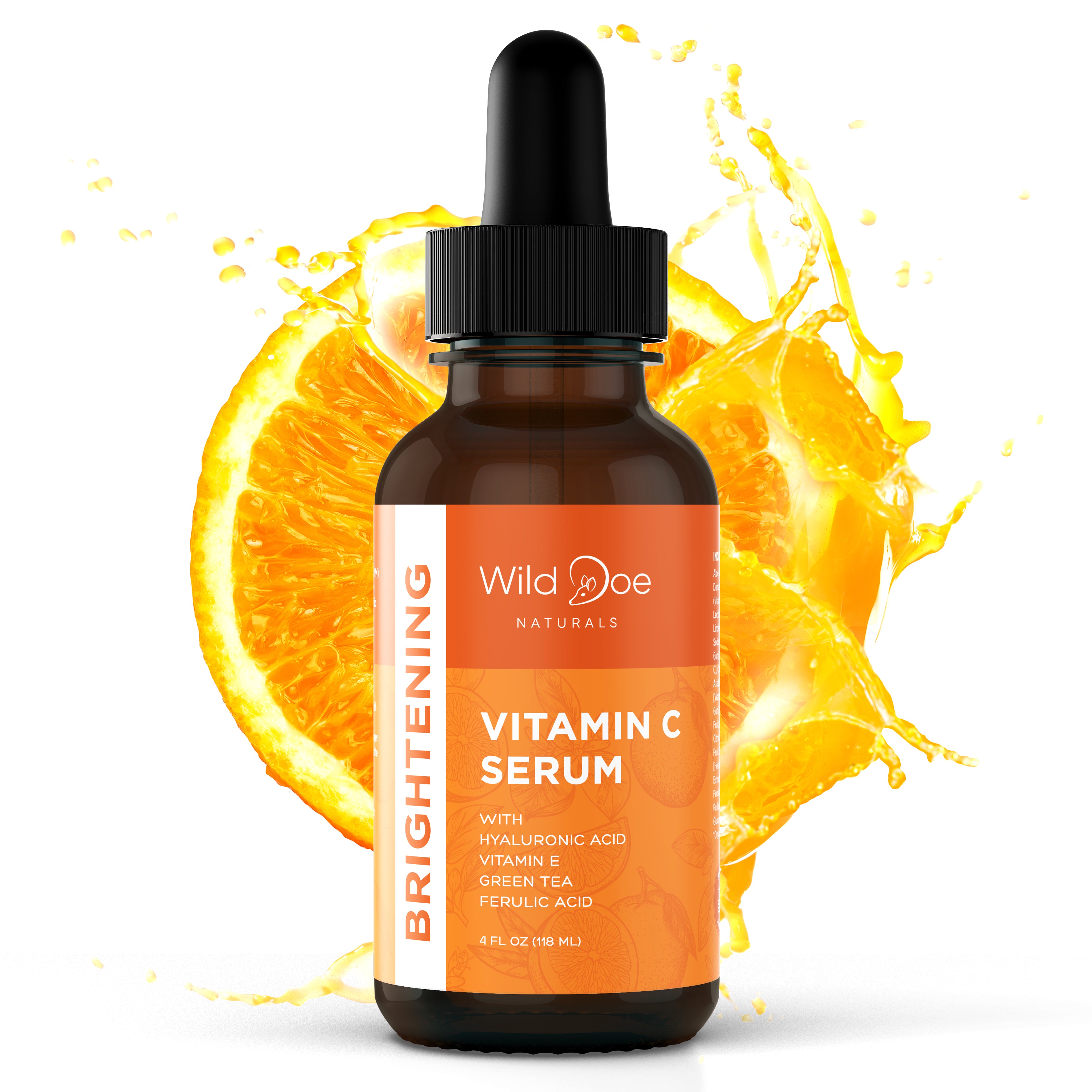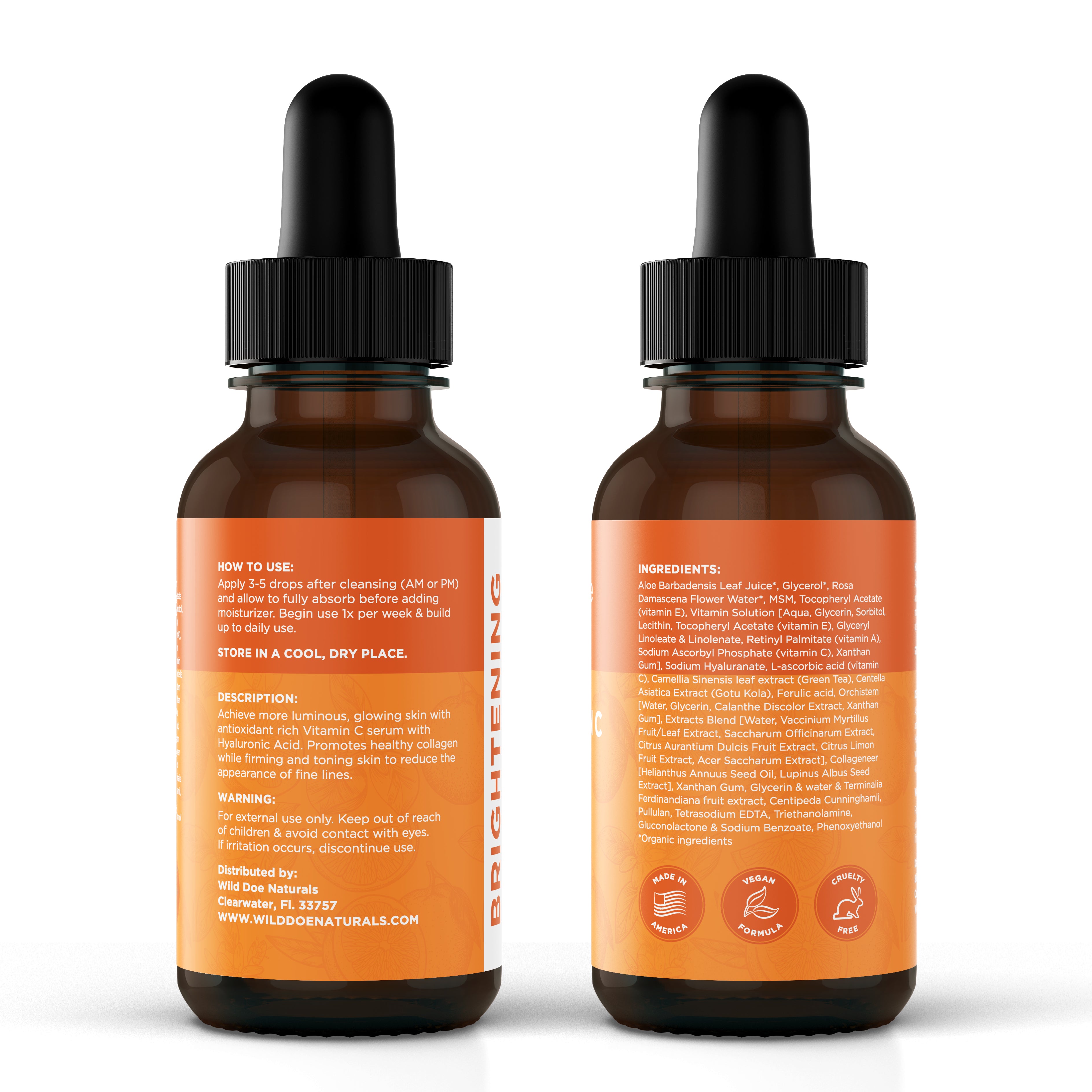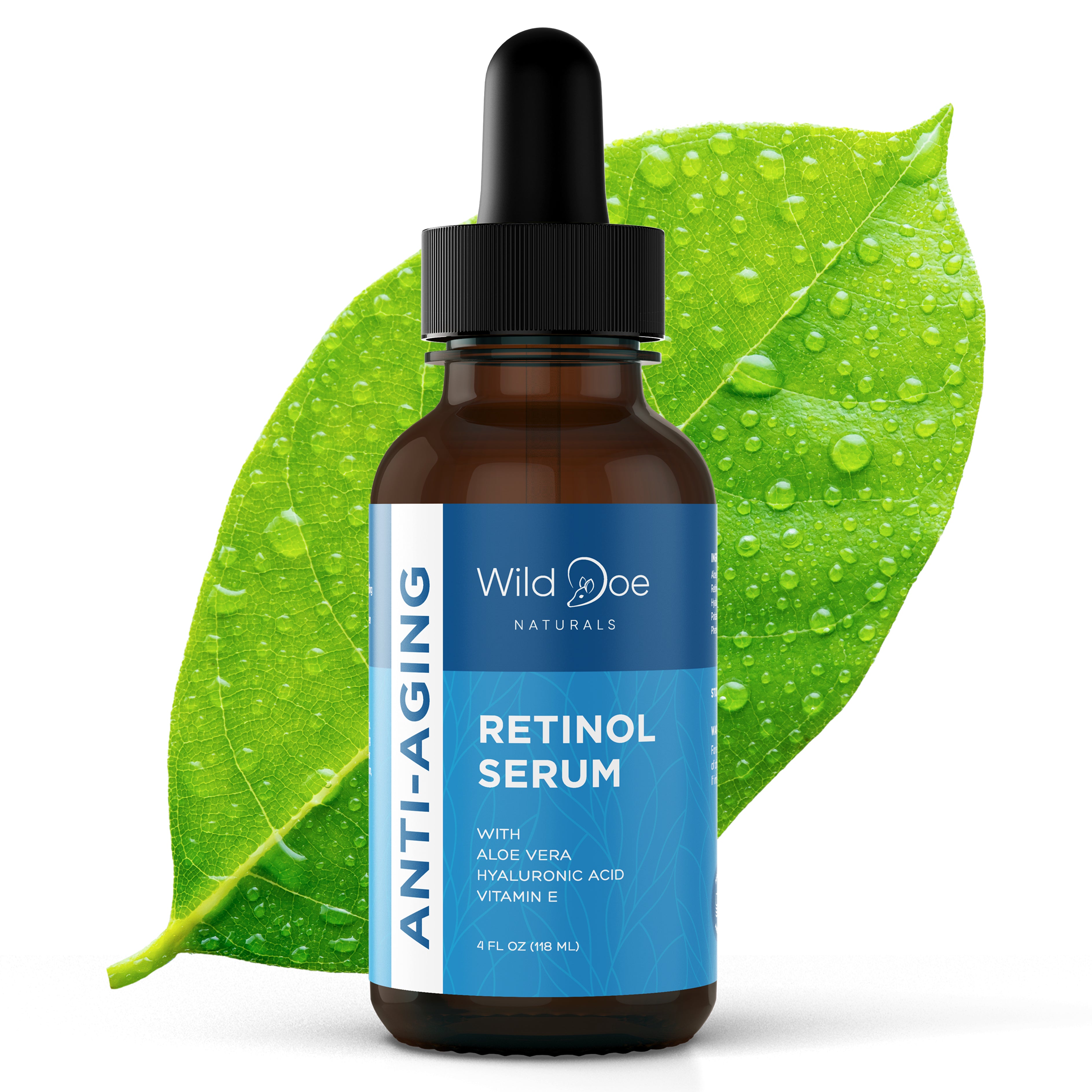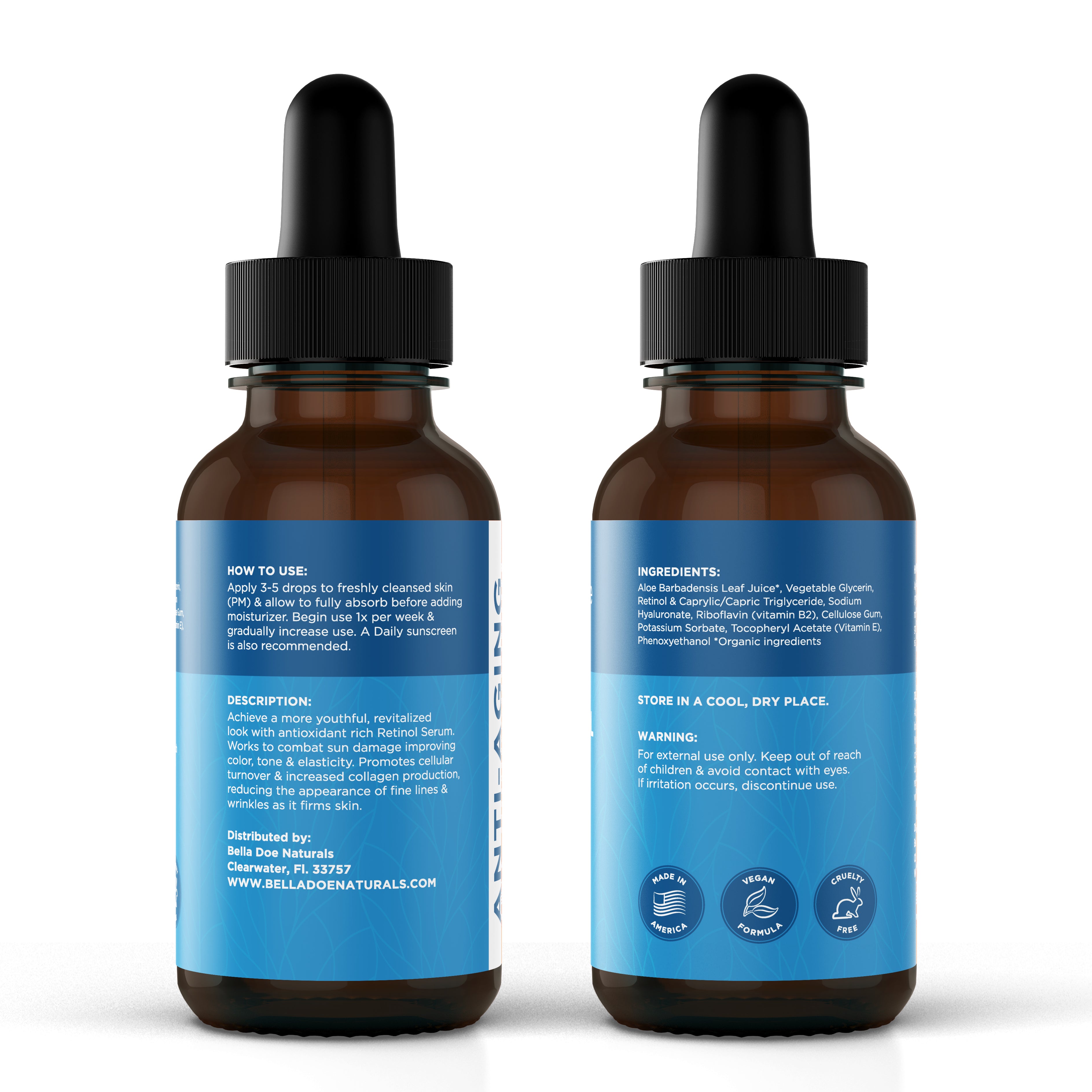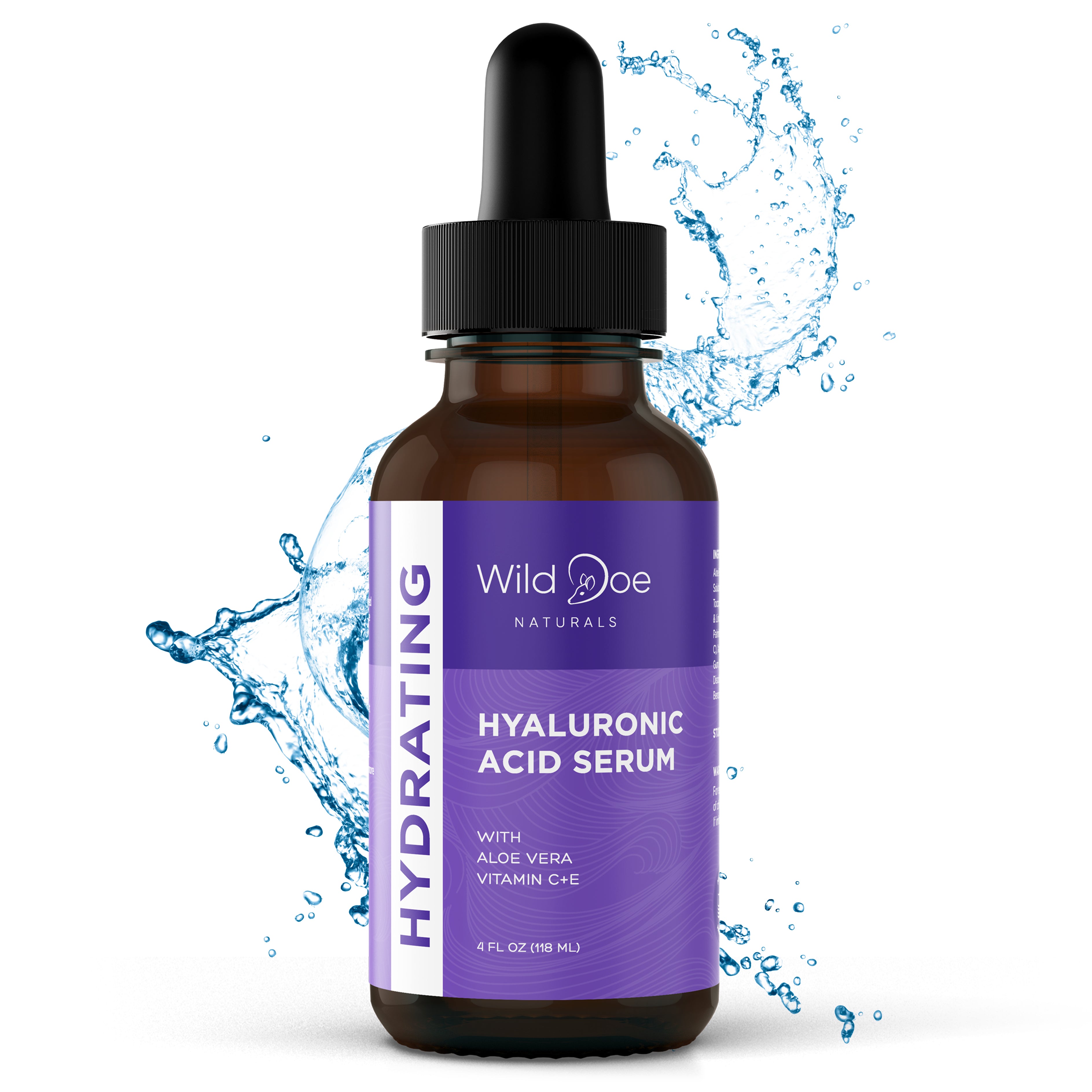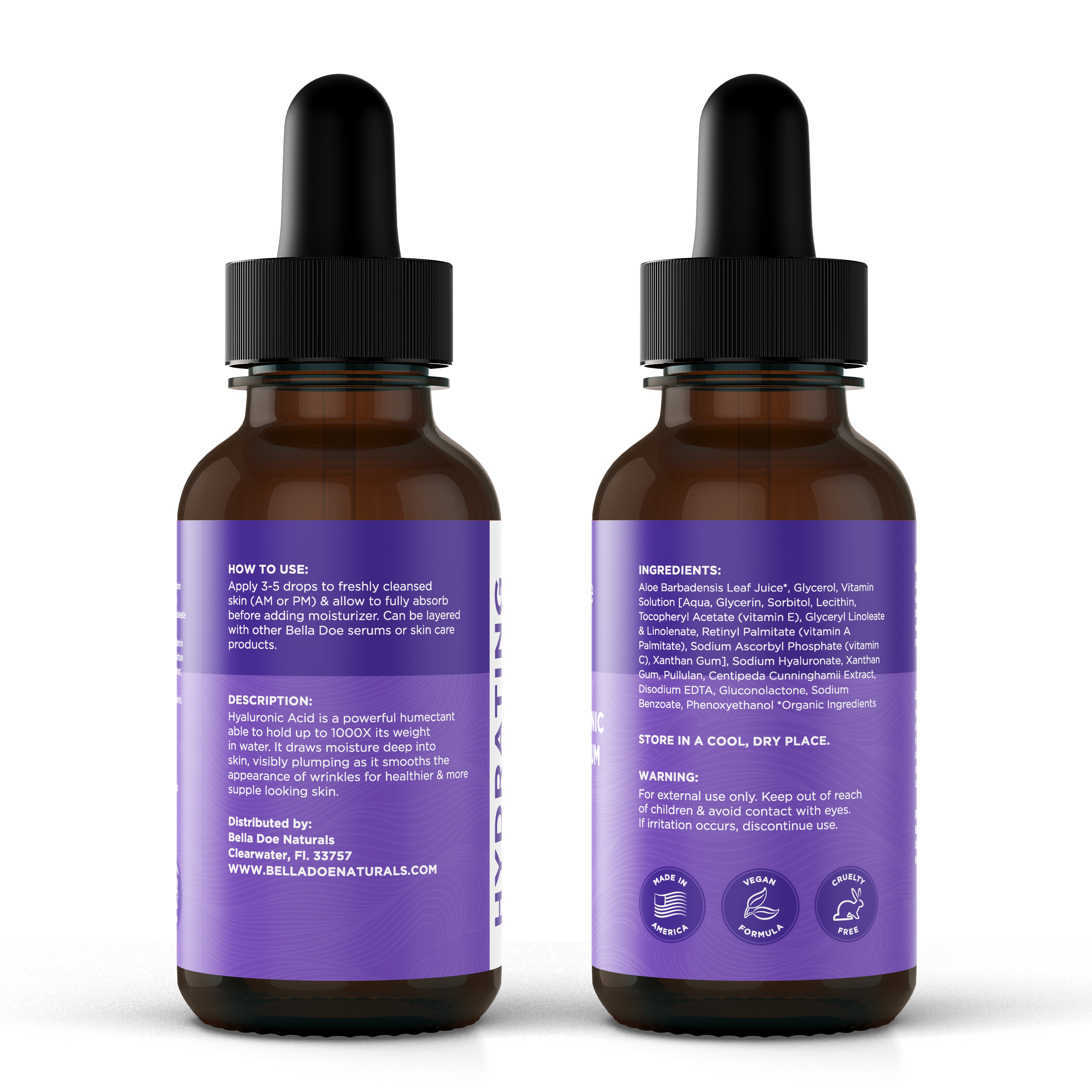
Retinol and Skin Care How To’s

Most dermatologists agree that there are two undisputed facts of senior importance when it comes to skin care.
The first thing to know is that the #1 cause of premature wrinkles and aged-looking skin is not the natural passage of time, a person’s genetics or even smoking; it’s from incidental UV exposure that you get every day while at home, at work or even just while riding in the car.
This brings us to point number two which is that after the regular use of sunscreen (the importance of which cannot be overstated); retinol and Retinoids are the #1 dermatologist recommended skin-care ingredient in existence.
This is because it produces the greatest visible result in reversing the signs of both chronological aging as well as damage brought about through environmental exposures or photo-aging (from excessive UV rays).
With continued use retinol has been found to smooth skin’s texture, reducing the appearance of fine lines and wrinkles through its action of accelerating the skin renewal and cell turnover process. In this way, retinol improves not only firmness of skin but evens skin tone and reduces the effects of environmental stressors as well.
It has a remarkable ability to essentially resurface skin allowing us to not only age in the most graceful way possible, but also to stop visible signs of aging from forming in the first place and perhaps even allowing us to turn back the hands of time altogether.
Uses
Anti-Aging: Retinol works by increasing the body’s natural production of collagen, by stimulating the formation of new blood vessels in the skin (a process known as angiogenesis) giving skin a rosy appearance, fading age spots, and reducing the incidence of precancerous skin spots. Further, evidence shows retinol can also help prevent more serious effects of ultraviolet radiation while improving the appearance of sun-damaged skin.
Acne Prevention: by opening and unclogging pores while simultaneously preventing dead skin from lodging in pores, retinol allows medicated creams to better penetrate the skin and reduces the incidence of scarring.
Psoriasis: Retinoids can slow the excessive growth of skin cells that build up to form the thick white scales found in patients with psoriasis. This is done by applying a small dab to each sore, once a day, before bed. Retinoid creams and gels are often combined with steroid treatment.
For Body: Studies have shown retinol reduces the appearance of stretch marks by stimulating skin’s natural healing process. In warts, topical application inhibits the over-proliferation of cells causing the growths and can even make them go away altogether with continued application over time.
Backstory:
Also known as Vitamin A1, retinol is a vitamin found in many foods such as vegetables, egg yolks, and fish-liver oil. Unfortunately for us however, because Retinol cannot be synthesized by the body, it needs to be introduced from external sources.
The importance of retinol (vitamin A) was first discovered during World War I when research showed that deficiency of the vitamin gave rise to exceptionally dry skin as well as a condition known as “Follicular Hyperkeratosis” characterized by thickening of the epidermis, often accompanied with excessive keratin buildup leaving unsightly red bumps colloquially referred to as “chicken skin”.
In the1970s Vitamin A derivative products became popular in the treatment of acne as these were shown to unclog pores and promote cell turnover. It was only through subsequent observation however that Retinol’s efficacy in anti-aging applications became clear.
One pioneering dermatologist by the name of Dr. Thomas Fitzpatrick habitually demonstrated to patients the correct usage of the cream by applying it to the back of his hand. Not long after, he noticed that one hand looked remarkably younger than the other. Of course, this just happened to be the skin to which he had been continually applying the cream in order to make his demonstrations. Naturally, it was not long after that retinol became the first ever FDA-approved anti-wrinkle treatment.
Ever since, the decades of consumer reviews, clinical research & continued testing has only borne out and further validated this incredible multitasking ingredient as the gold standard in skin care.
The fact is from age 26 and beyond, if you’re not already using Retinol, you will likely want to consider adding it to your skin care routine.
Before jumping in with both feet however, keep in mind that there is a lot to know about correct usage of this product and what to expect when introducing this powerful tool to your skin.
To ensure you experience optimal results, here are the most pertinent Retinol dos, don’ts and cautions:
Application:
Use a gentle cleanser to cleanse your skin as normal and then use a pea size drop of retinol cream to spread over your entire face, beginning where skin is thickest such as the forehead, nose and chin. Spread it out from there to more sensitive areas. Let dry at least 15-20 minutes before applying a regular moisturizer or facial serum.
Depending on the sensitivity of your skin, you may want to conduct a patch test first by applying the retinol to the underside of your jaw or inside of your arm. If there is no reaction after 12 hours, if should be safe to apply to the face. If reaction does occur, consider a less concentrated product.
It’s important to note that clinical observers found lower concentration retinol treatments were better tolerated in users (with less initial irritation) than the higher concentrated prescription retinoids but that over time, results were comparable. So for most of us, this is clearly an instance where less is more.
You don’t want to slather it all over your face either but use a small dab of product, spread evenly over your skin. Don’t forget to include your neck and décolletage, if these areas are regularly exposed to the elements as well.
Retinoid Reaction:
Although retinol is indisputably the greatest darling of the skin care community, some have a love-hate relationship with it at first. This is because of what’s known as retinoid reaction.
It’s not uncommon when first introducing retinol to skin to experience some irritation including redness, itchiness and sometimes going so far as peeling or flaking skin.
This is a good thing and is a sign that the product is working because as cell turnover is accelerated, dead skin cells and debris are sloughed off the skin’s outer layer. This typically goes away with continued use.
How to Avoid:
That said it is possible to minimize your reaction by easing into it. Use retinol sparingly at first until your skin builds up a tolerance. For example, by applying it only 1 or 2 nights a week at first, then three, then 4, and so on, as tolerance allows.
The rule is; if you’re experiencing excessive dryness or irritation, you’re either using too much of the product or using it too often. If this occurs, dial it back a notch and give your skin a longer break in between uses. Remember, consistency of product use over time is key, not the quantity of product applied. Again, results are not immediate so don’t expect instant gratification. Retinol use should be seen as a long term commitment and once change is effected at the cellular level, improvement is generally progressive.
Keep in mind that exposure to wind or cold may worsen a skin reaction so be sure to cover up if you need to go outside in harsh weather.
Certain soaps and astringents may also worsen reactions by drying the skin. Switching to a gentler cleanser and/or using a moisturizer in addition to a topical retinol cream can reduce irritation.
If flaking skin does become a factor, use a soft washcloth or gentle brush and while applying minimal pressure, use this to lightly buff away dead skin.
You can also use other skin-soothing ingredients in conjunction with retinol. For example, Wild Doe Naturals Retinol Moisturizer contains anti-inflammatory green tea polyphenols. Alternately, Vitamin C serum is rich in antioxidants which also work to reduce inflammation.
The fact is that just like one wouldn’t eat the same meal over and over again each day and expect to be well nourished, one facial product or cream is unlikely to provide all the nutrients your skin needs for optimal health so you may want to alternate your retinol use with a restorative night cream or facial serum on alternating days.
Harsh toners are not recommended.
Retinol concerns, #1 Photo-sensitivity:
Retinol is best introduced for the first time at night. This makes sense when you consider that your skin has two modes: during the day it’s defending itself against environmental aggressors such as pollution and UV rays, and at night it is repairing damage.
As a bonus, Night-time use would also allow skin to calm in the intervening hours -before you set out to begin your day.
There has been evidence suggesting that sunlight can de-activate the already unstable nature of Vitamin A and its derivatives. That’s why retinol products should always come in opaque pumps or tubes with tight-fitting caps. Once opened, these products do not keep well and should be used within a couple of months.
Lastly, retinol may increase skin’s photo-sensitivity initially. This is completely normal and not a major cause for concern. Like conventional skin exfoliants, as layers of cells are removed from the epidermis’ outer layer, new and more delicate skin is revealed beneath. That said; remember to always use a daily sunscreen, especially during the early period of retinol use. You won’t want to go outside without it.
Skin will return to normal after an initial period of continual use lasting anywhere between 4 weeks to several months depending on your skin type.
#2 Skin-thinning:
For the first several weeks of retinol use, retinol may appear to thin the skin. Again, this is natural as all forms of exfoliation temporarily thin the skin.
Over time however, the skin will begin to look fuller. This is because retinoids inhibit the creation of three distinct collagen-degrading enzymes: collagenase, gelatinase, and stromelysin. When these collagen destroying enzymes are prevented from going into action, your skin appears firmer and more elastic. Fine lines and wrinkles also appear to be repaired as new collagen production is induced.
This is why dermatologists and aestheticians alike rave about these products. They are fantastic, but again you must be patient with them through the initial adjustment period!
Conclusion
While there are literally thousands upon thousands of “anti-aging” products and treatments out there, Retinol is one of the few options undisputedly shown to deliver on its promise. Key takeaways to remember:
- Don’t be disheartened if skin gets worse before it gets better. This is absolutely to be expected as junk is literally being pushed up and off of skin, but side effects are temporary in most cases and can be minimized with proper care and application.
- With retinol more is not more. Retinol is not a product you want to bathe in head to toe or pour on in hopes of faster results. Instead, it’s meant to be used in small applications, a pea size drop should do and lesser concentrations are preferred to avoid adverse reactions.
- Retinoid reaction typically subsides after weeks of continued use.
- Retinol use should be seen as a marathon, not a sprint. Results are not immediate but once their action is effected at the cellular level, cannot be denied.
- Results are progressive as over time, skin continues to improve.
- On the other hand, discontinuation of retinol therapy generally results in the reversal of beneficial effects to some extent. This is why retinol usage is a long term commitment and not a quick fix.
Try our Anti-Aging Retinol Serum with Hyaluronic Acid and Vitamin E to discover these benefits for yourself.
Sources:
Dermatoendocrinol. 2012 Jul 1; 4(3): 308–319. J Cell Physiol. 2011 Feb; 226(2): 322–330.
Studies:
Fisher and colleagues; 1996, 1997. Kurlandsky et al; 1994. Kang et al; 1995. Duell and colleagues; 1996.
Griffiths et al; 1993. Rittié and Fisher; 2002.

